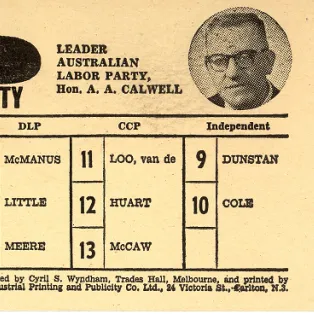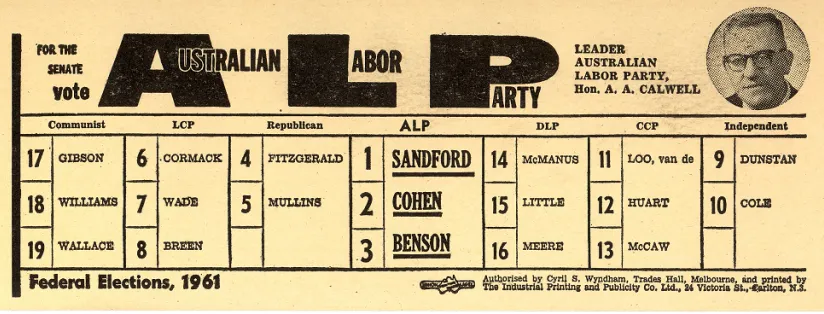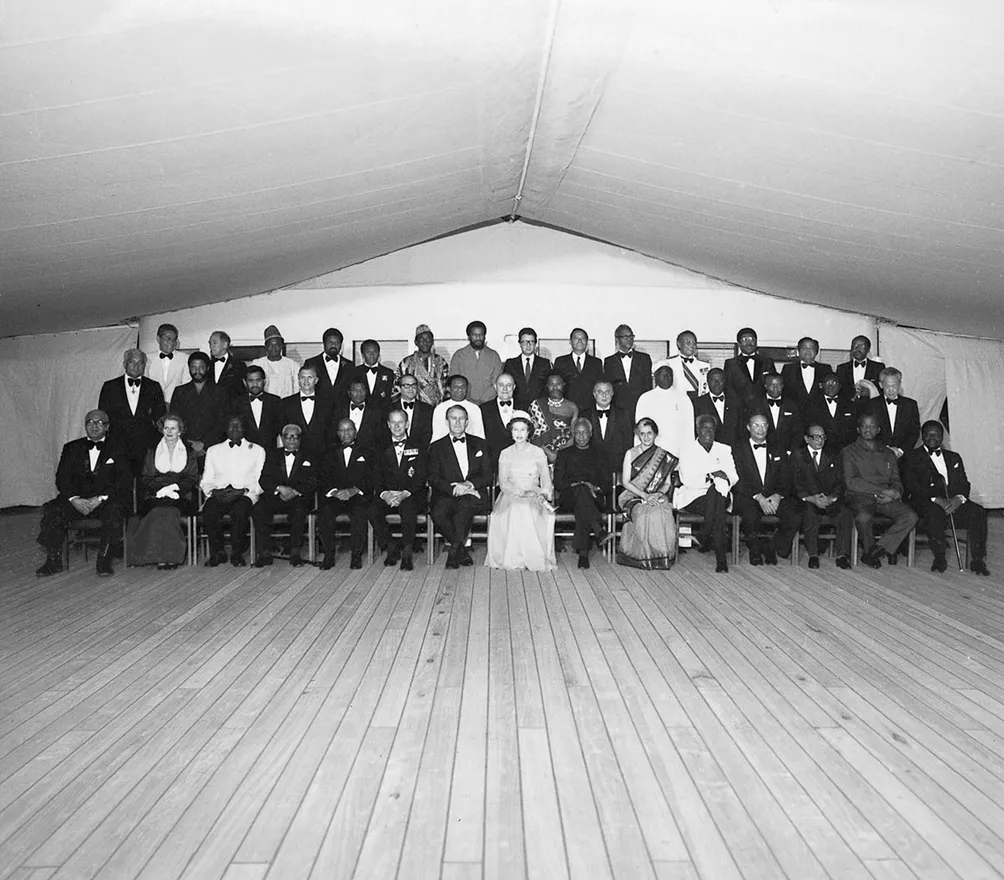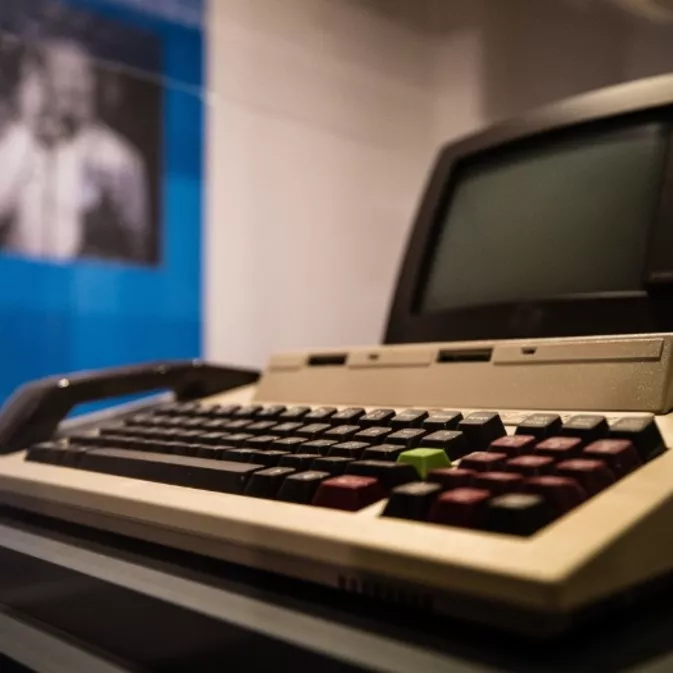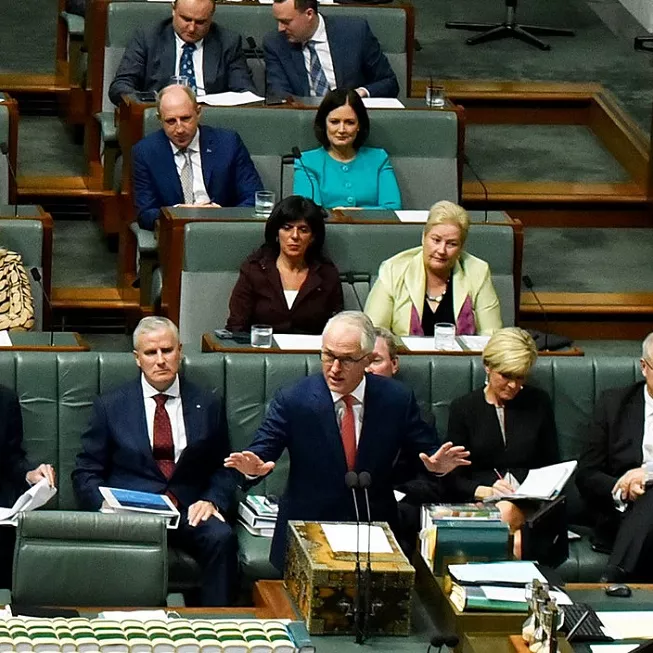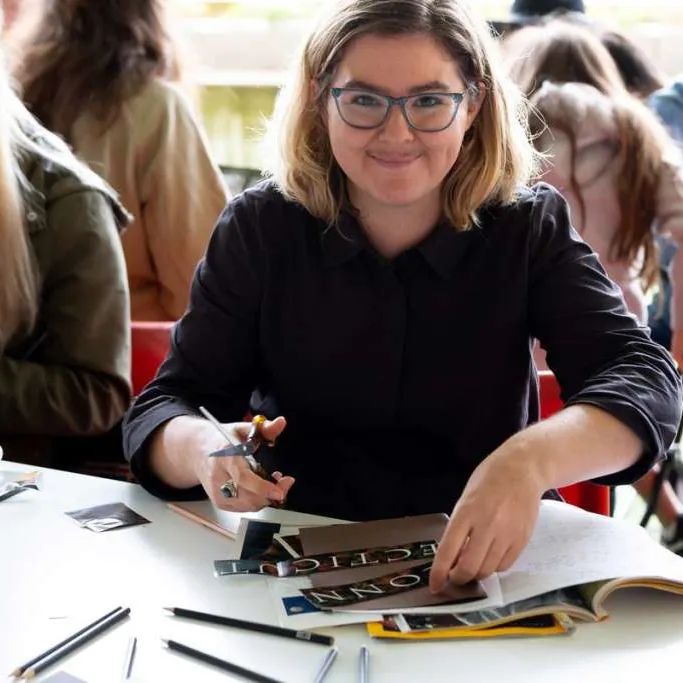On a Knife-Edge: Six other times Australia’s elections were down to the wire
- DateThu, 21 Jul 2016
It took more than a week after the polling day for the result of the 2016 federal election to be declared, with many seats initially too close to call.
For days it looked as if Australia would have its second hung parliament in six years, but eventually the Turnbull government was re-elected with a very small parliamentary majority.
Elections are usually decisive, and we know who’s won them on election night. But sometimes, it comes down to the wire and governments find themselves clinging to, or losing, power by the skin of their teeth.
Here are six examples of other times Australian election results were uncomfortably narrow.
1901
The first federal election for the new Commonwealth of Australia was far from decisive. At the time there weren’t really any formal parties. The Protectionist Party, really a group of lots of different organisations, won 31 seats out of 75, far short of the 38 needed for a majority. George Reid’s Free Trade Party, which was also different in different states, won 28 seats and the Labour parties (there was no united ALP yet) 14. Edmund Barton, the Protectionist leader and caretaker PM, did a deal with Labour to run a minority government.
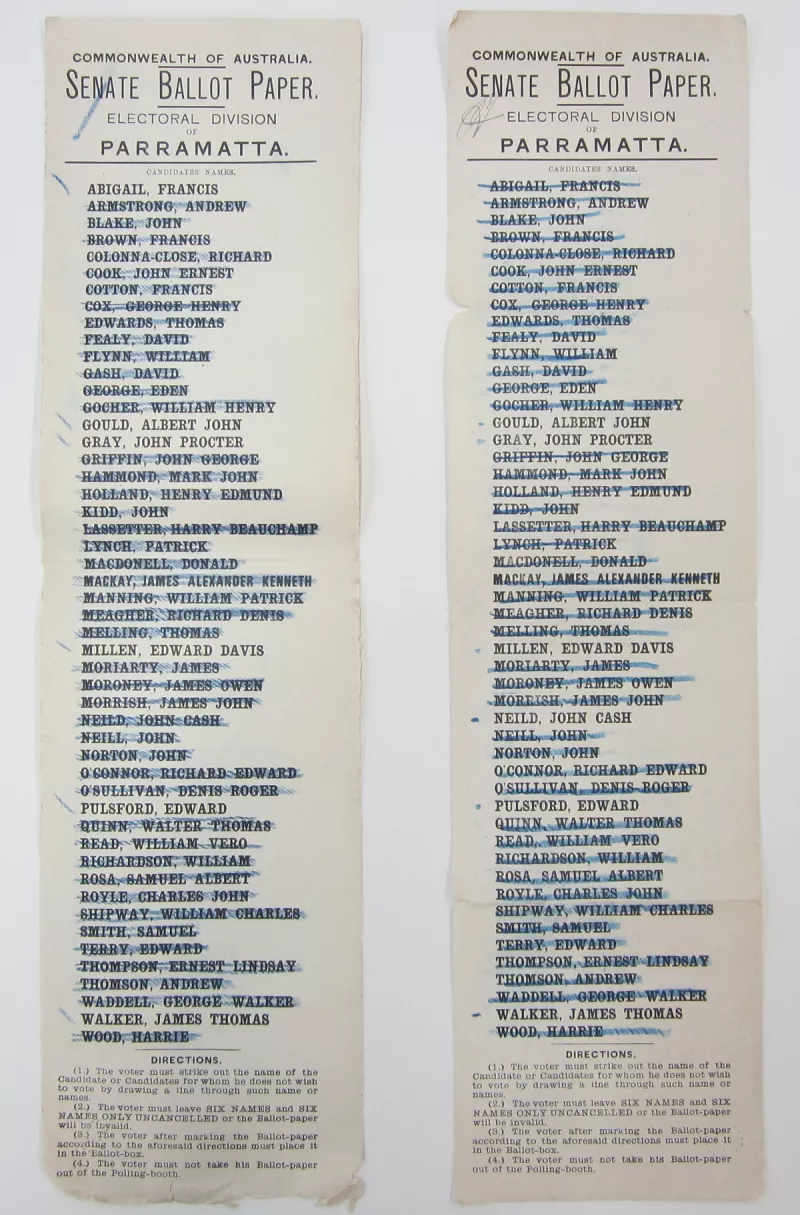
1901 Senate ballot papers
1913
Joe Cook’s prime ministership was precarious from the start. At the 1913 election, he faced a Labor government under Andrew Fisher which had been elected three years before. Fisher proposed a series of referenda concerning trade and business. Cook said the government was trying to get more power for itself. Voters agreed and Cook won the election by a single seat. His Liberals won 38 seats and Labor 37. If 500 people more people in Riverina had voted Labor, Cook would have lost.
Cook’s position was made worse by Labor’s Senate majority. Just sixteen months into his term he called a double dissolution election, and lost by a wide margin.
1922
The rise of the Country Party meant a split in the conservative vote in rural seats. In 1922 the County Party won the balance of power. Billy Hughes and his Nationalists, in power since the Labor split in 1916 over conscription, had to go to the bargaining table.

Country Party leader, Earle Page, drove a hard bargain. Not only did he demand the Treasurer’s job, he also insisted Hughes resign as prime minister. Hughes did so very reluctantly, and was replaced by Page’s friend Stanley Bruce. Page’s scheme not only delivered power to the Country Party, but it established the conservative coalition that has continued almost uninterrupted for nearly a century.
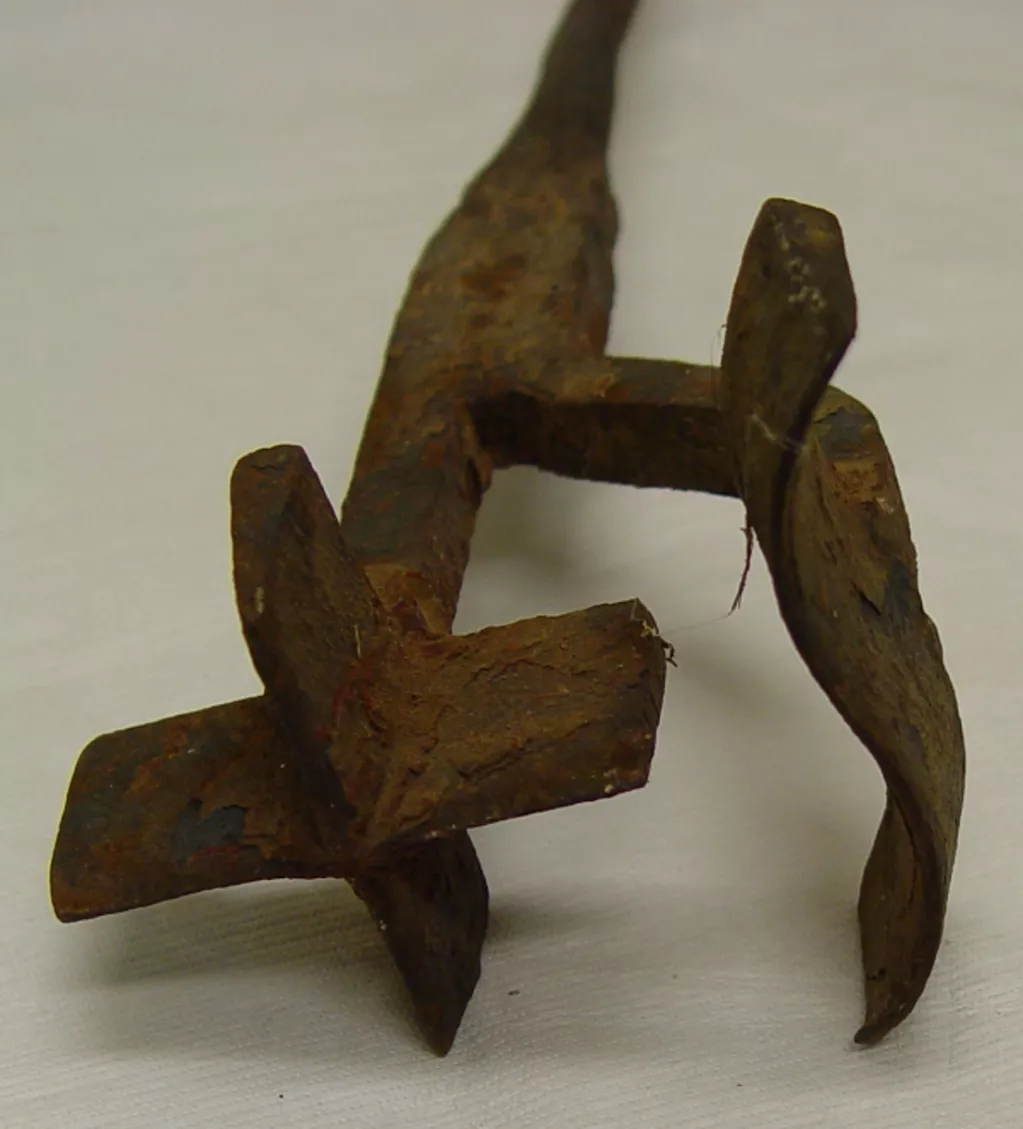
Earle Page's branding iron
1940
World War II was raging. Robert Menzies had been in office eighteen months and was facing Labor under Opposition Leader John Curtin. Some, like former PM Billy Hughes, wanted to postpone the election until the end of the war (which happened in the UK), but it was held and produced an inconclusive result. Menzies’ Coalition won the most seats, but with only 36 out of 74 they were two short of a majority. Fortunately for Menzies, there were four NSW Labor MPs loyal to former premier Jack Lang who refused to caucus with the ALP after Lang fell out with the party. Menzies secured the support of the two independent members, Alex Wilson and Arthur Coles, to give him the numbers. A year later, Menzies resigned as prime minister in favour of Arthur Fadden. Wilson and Coles switched sides a short time later, making Curtin prime minister.
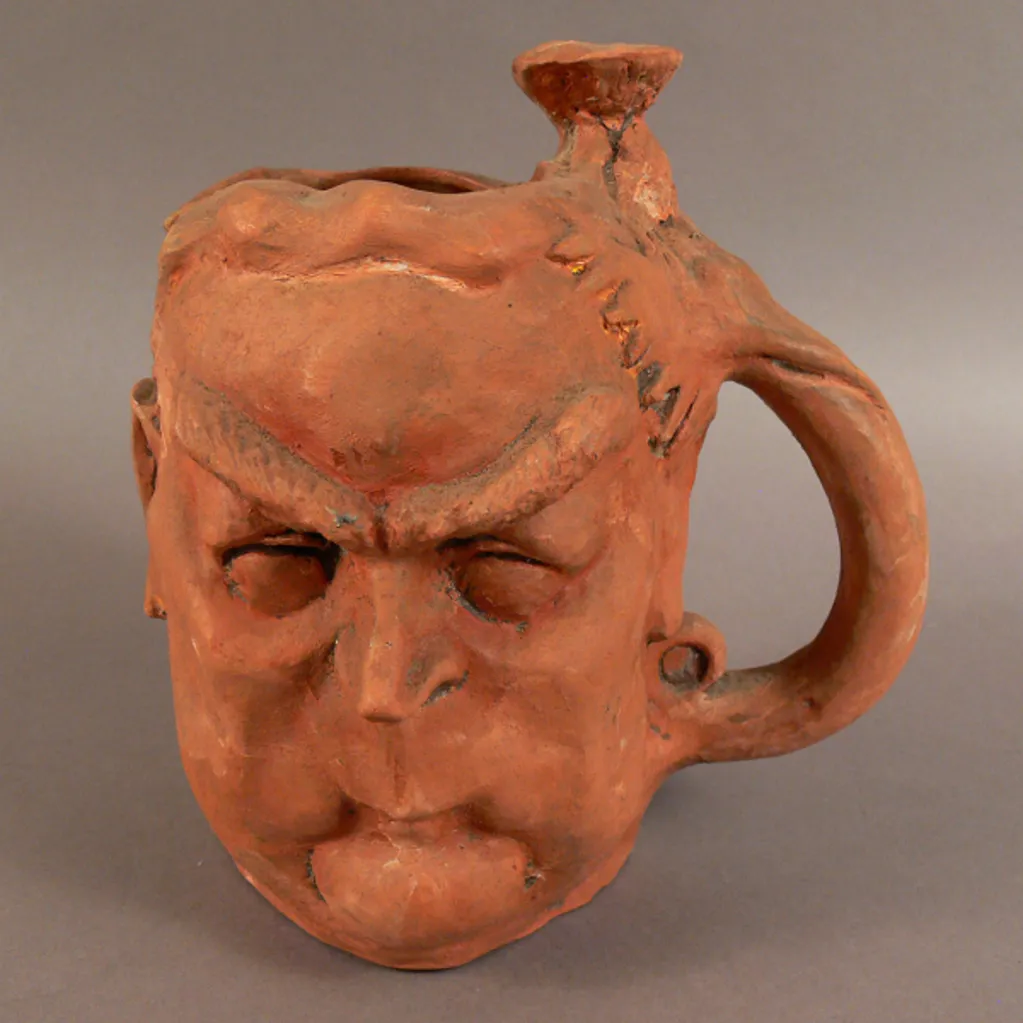
1961
Arthur Calwell, facing his first election as Labor leader, managed to secure a 4.6% swing and a majority of the two-party vote against Menzies and the Coalition. Labor picked up fifteen seats in the 124 seat House, which made the numbers equal – 62 each. Unfortunately for Calwell, two of the seats in his column didn’t count. The members for the ACT and the NT could only vote on matters affecting their electorate, and thus the numbers were 62-60.
Calwell always believed had his friend Eddie Ward been deputy leader of the party instead of his adversary Gough Whitlam, he would have won the election.

Labor 'how to vote' card from 1961
2010
The 2010 election produced the first hung parliament in 70 years. The campaign was dominated by the sudden change of prime minister, from Kevin Rudd to Julia Gillard. Rudd, just three years earlier, had led Labor to an historic victory after eleven years of John Howard’s Coalition government, but at the election a large swing away from them threatened to make them the first one-term government since 1931. Labor won 72 seats and the Coalition 73. The balance of power in the new House of Representatives fell to five crossbenchers. Four supported Labor, which governed in minority for the first time in living memory.
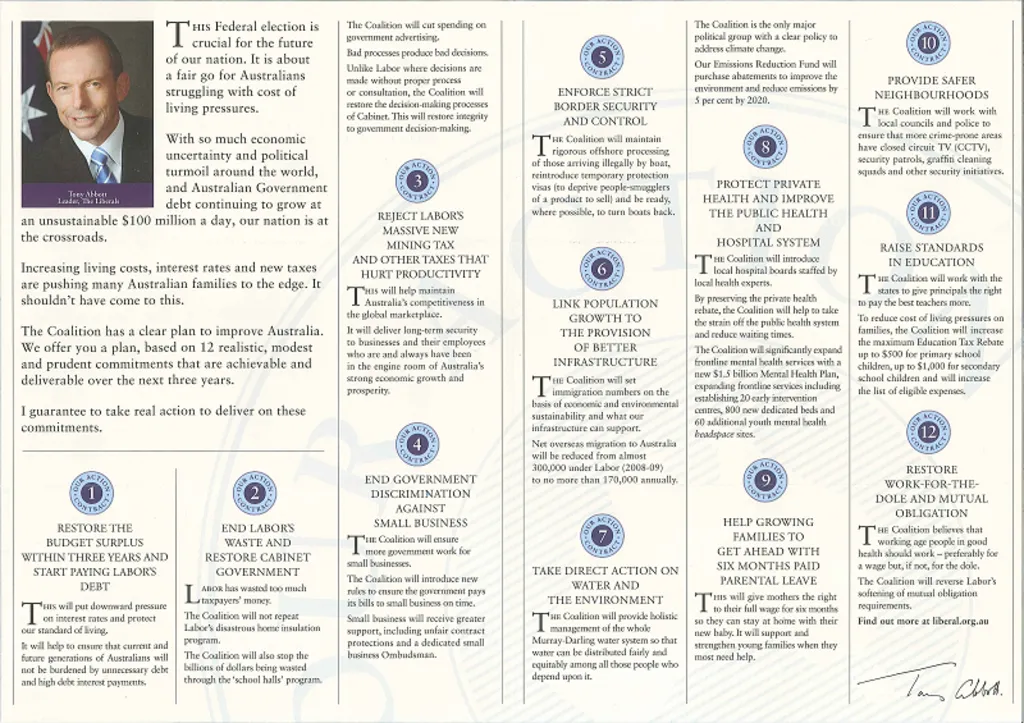
Liberal ad from the 2010 election.

